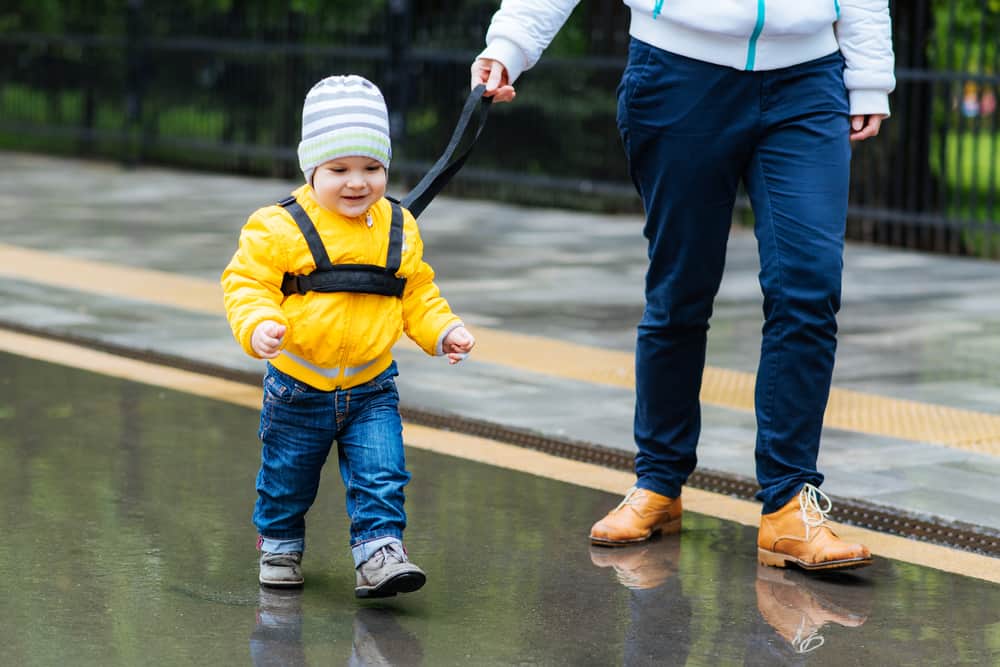Separating Fact From Fiction: Debunking Myths About Child Leashes

Child leashes, also known as child safety harnesses or toddler reins, are a controversial parenting tool that often sparks debates and misconceptions. Despite their practicality in certain situations, child leashes are surrounded by myths and misunderstandings. In this discussion, we will debunk four common myths about child leashes and separate fact from fiction. By understanding the realities and benefits of using childrens leash responsibly, we can have a more informed and objective perspective on this parenting tool.
Child Leashes Are Degrading or Demeaning
One common myth about child leashes is that they are degrading or demeaning to children. However, this is subjective and depends on how they are used. Child leashes are primarily designed to keep young children safe in crowded or potentially dangerous environments, such as busy streets, airports, or theme parks. They provide parents with an additional layer of security and control, preventing children from getting lost or running into hazardous situations.
Child Leashes Are a Lazy Parenting Solution
Another misconception about child leashes is that they are a lazy parenting solution, implying that parents who use them are not actively engaging with their children or supervising them properly. This is far from true. Child leashes are intended to enhance parental supervision, not replace it. They are particularly useful for parents with multiple children or those who have difficulty physically keeping up with an active toddler.

Child Leashes Hinder a Child’s Development
It is often claimed that child leashes restrict a child’s movement and hinder their development. However, when used appropriately, child leashes promote independence and confidence. By allowing children to explore their environment under controlled circumstances, they learn about boundaries, develop spatial awareness, and gain a sense of responsibility.
Child Leashes Are Only for “Bad” or Unruly Children
Child leashes are not exclusive to any specific type of child or parenting style. They can be beneficial for children of all temperaments and personalities. Every child is different, and their levels of impulsiveness, curiosity, and ability to follow directions may vary. Child leashes provide added security in situations where a child may be more prone to wander or exhibit high energy levels.
Child leashes should never be used as a punishment or a reflection of a child’s behavior. Instead, they should be seen as a practical tool that helps keep children safe in certain circumstances. Responsible parents use child leashes as part of a comprehensive approach to safety, combining them with unconditional love, positive reinforcement, teaching proper behaviors, and allowing age-appropriate independence.…


